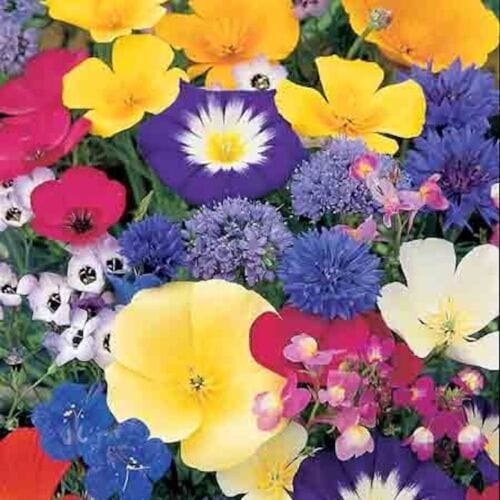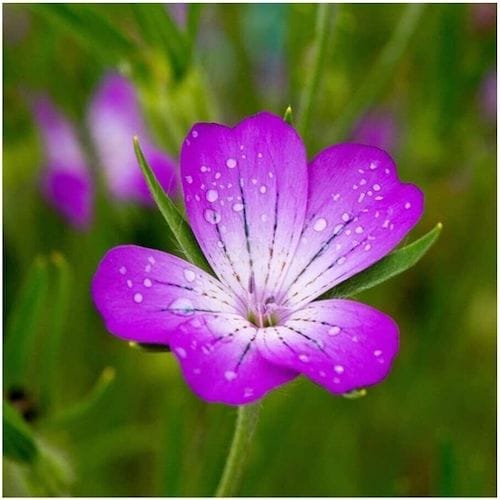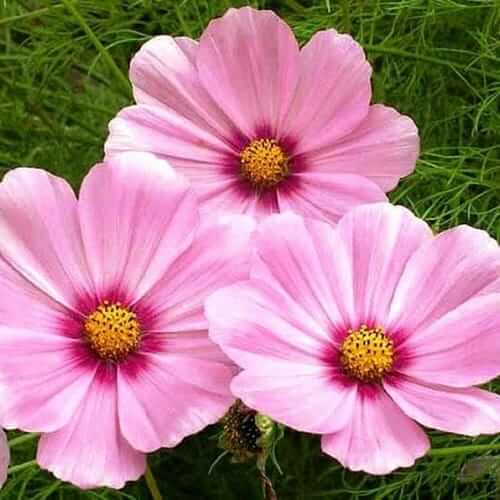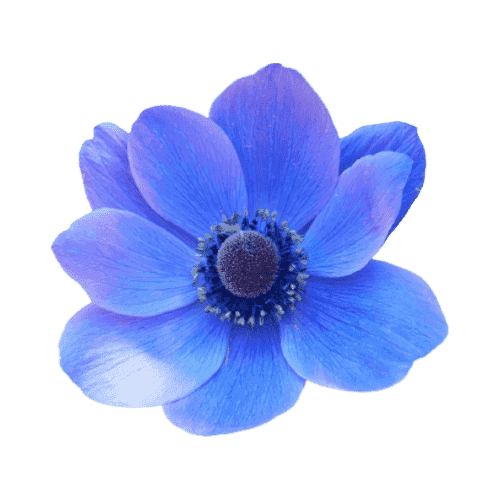+447709283333 | info@damavandpro.com
DamavandPro: Quality Wildflower Seeds
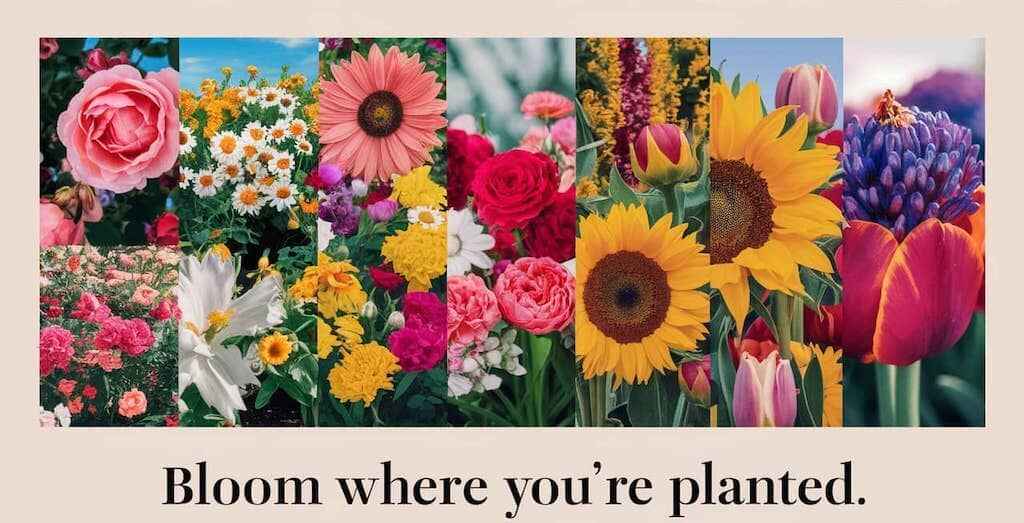
Welcome to our flower shop, where beauty blooms in every corner. We believe that flowers have the power to bring joy and happiness to our lives, and that’s why we offer a wide selection of flower seeds, carefully curated to suit your every need. From popular flowers, to colorful and fragrant blooms, our seeds are guaranteed to bring life and vibrancy to your garden. Whether you’re a seasoned gardener, or just starting out, our knowledgeable team is here to guide you through every step of the way, from planting to care and beyond. So, come and explore our world of flowers and bring beauty to your doorstep today!
Shop Now: Best Flower Seeds Selection
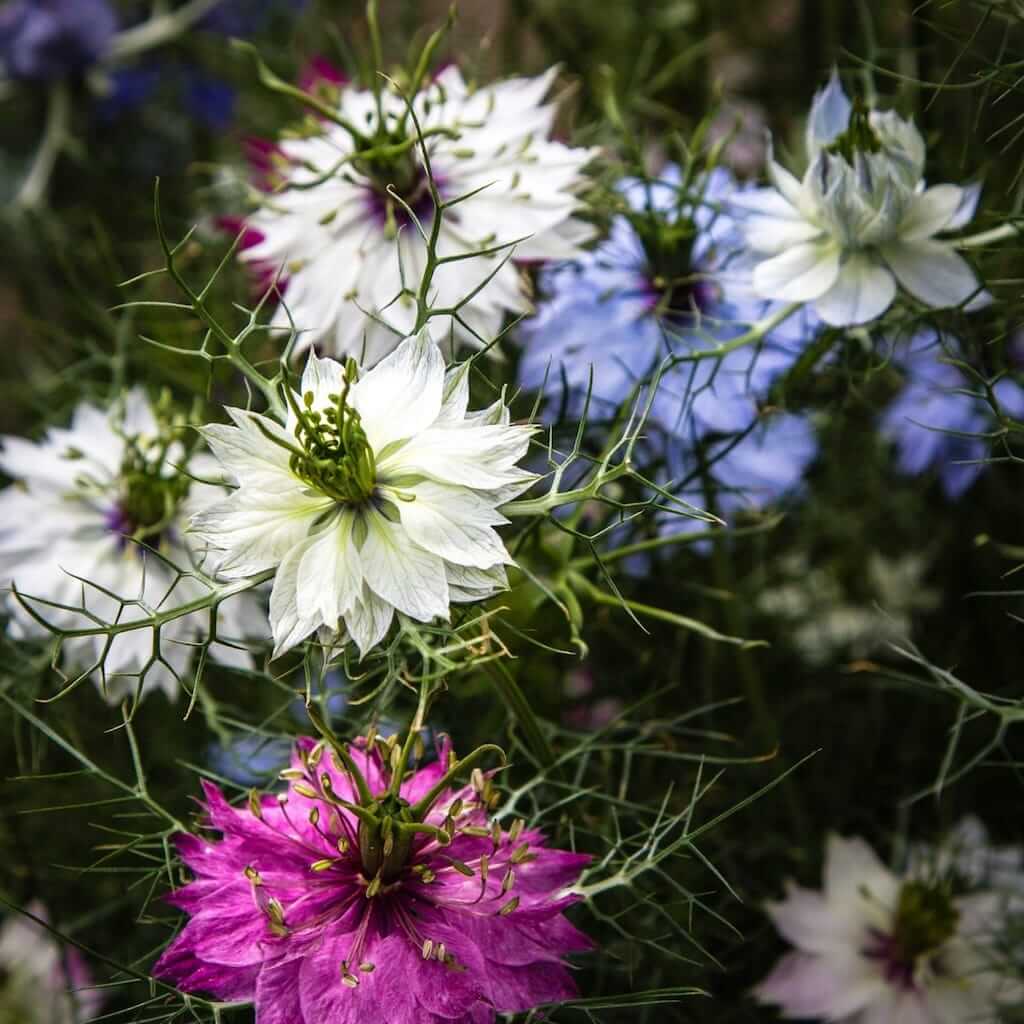
Diverse Flower Seeds for vibrant gardens.
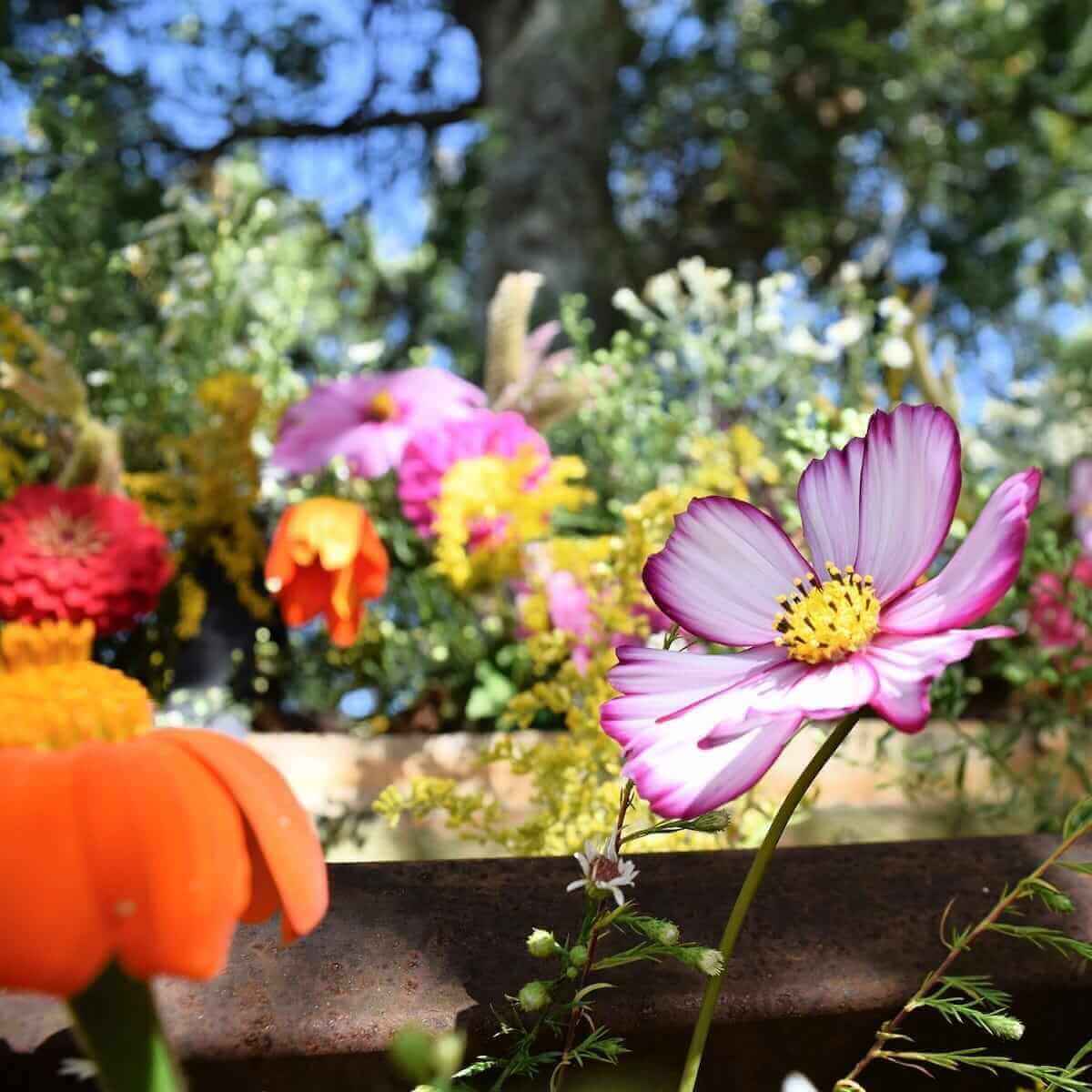
Easy Wildflower Meadow Seed Mix.
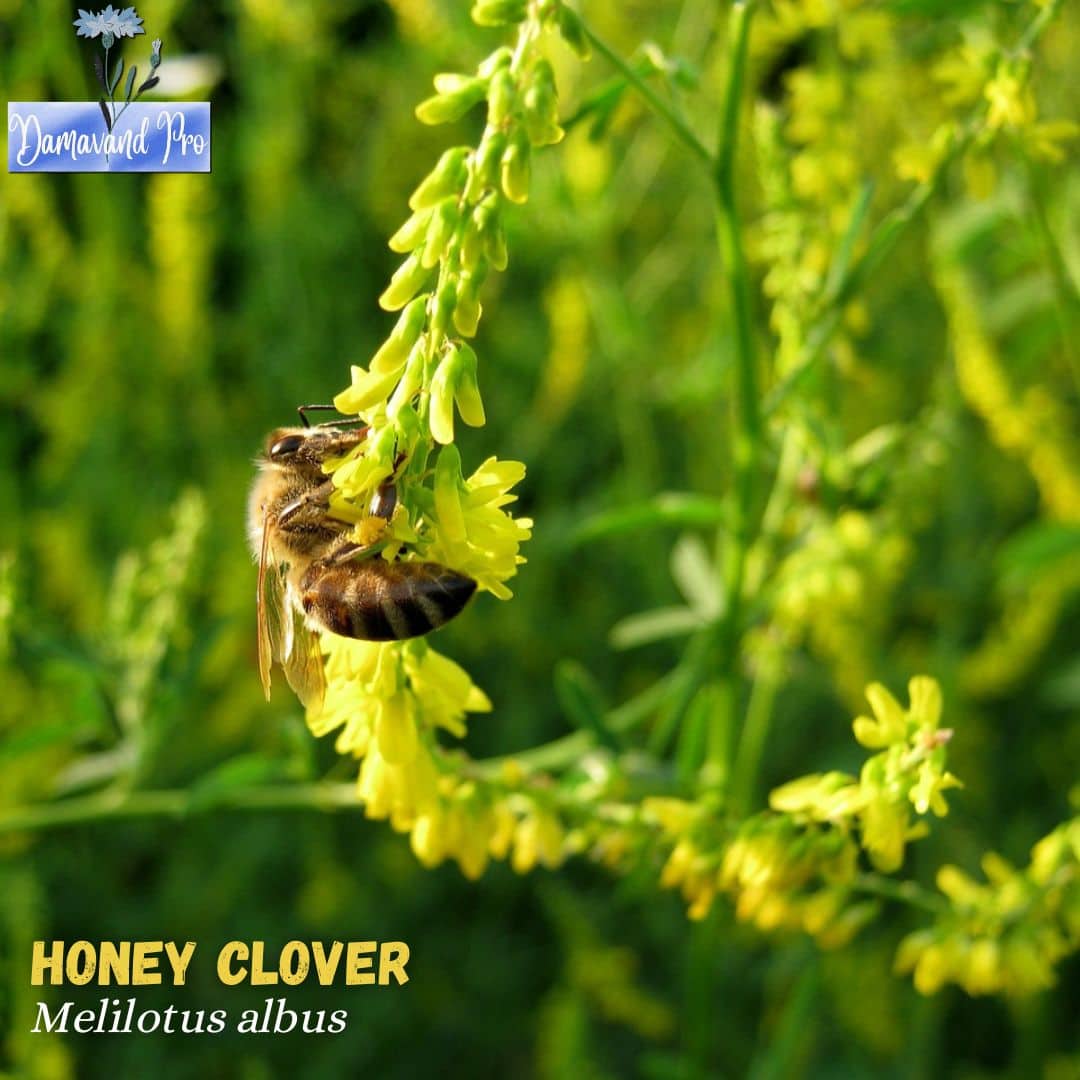
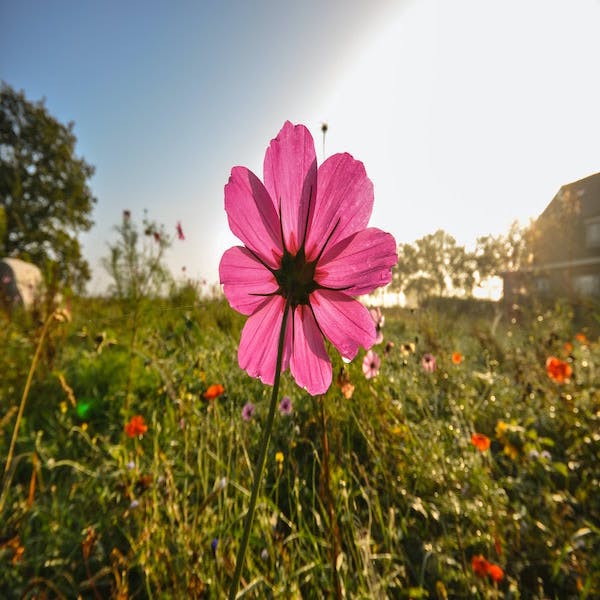
Bulk Flower Seeds for diverse gardens.
landlife wildflowers Seeds
-
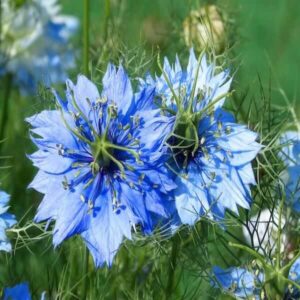 Nigella Sativa Love-in-a-mist Black Premium Cumin Herb Seeds£3.99 – £150.99
Nigella Sativa Love-in-a-mist Black Premium Cumin Herb Seeds£3.99 – £150.99 -
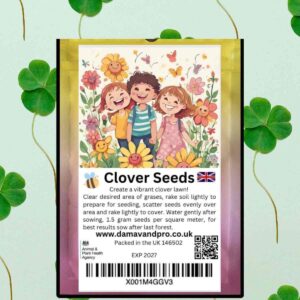 Mix Clover Seed Packet£2.99 – £11.99
Mix Clover Seed Packet£2.99 – £11.99 -
 Crimson Clover Seed Packet£2.99 – £6.99
Crimson Clover Seed Packet£2.99 – £6.99 -
 Red Clover Seed Packet£2.99 – £11.99
Red Clover Seed Packet£2.99 – £11.99 -
 White Clover Seed Packet£2.89 – £9.99
White Clover Seed Packet£2.89 – £9.99 -
Product on sale
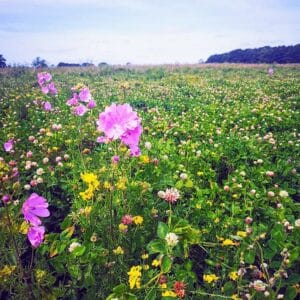 Wild Flower Seeds Mix UK Garden: 1 Kg NectarOriginal price was: £29.00.£26.00Current price is: £26.00.
Wild Flower Seeds Mix UK Garden: 1 Kg NectarOriginal price was: £29.00.£26.00Current price is: £26.00. -
 Unique Wildflower Seed Packets Wedding Favors£2.59 – £10.99
Unique Wildflower Seed Packets Wedding Favors£2.59 – £10.99 -
 Colorful Wild Flower Seeds Grow Your Own Kit for Kids£12.00
Colorful Wild Flower Seeds Grow Your Own Kit for Kids£12.00 -
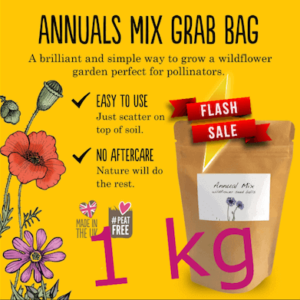 1 kg Wild Flower Meadow Seeds Bee-Friendly£25.99
1 kg Wild Flower Meadow Seeds Bee-Friendly£25.99 -
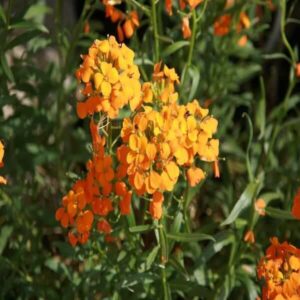 Cheiranthus Cheiri Seeds (English Wallflower)£2.99 – £999.99
Cheiranthus Cheiri Seeds (English Wallflower)£2.99 – £999.99 -
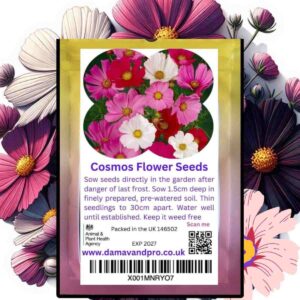 Vibrant Cosmos Mix Seed Packets£2.99
Vibrant Cosmos Mix Seed Packets£2.99 -
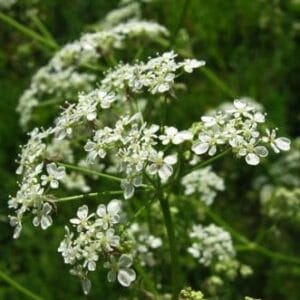 Sheeps Parsley Seed for Sustainable Agricultural Practices (1kg)£30.00
Sheeps Parsley Seed for Sustainable Agricultural Practices (1kg)£30.00
Make your Garden beautiful with Wildflower Seed
-
Product on sale
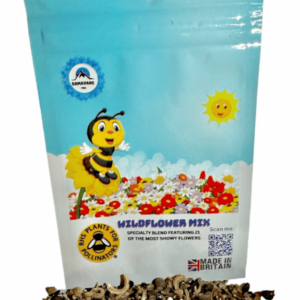 Wild Flower Seed Plants 10g PacketOriginal price was: £3.99.£2.99Current price is: £2.99.
Wild Flower Seed Plants 10g PacketOriginal price was: £3.99.£2.99Current price is: £2.99. -
Product on sale
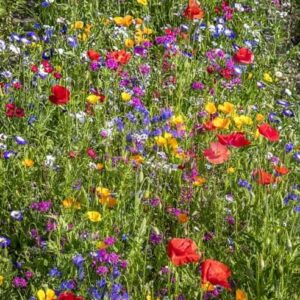 3Kg Wildflower Seed Mix: No Filler Grass 100% Pure WildflowersOriginal price was: £250.00.£190.00Current price is: £190.00.
3Kg Wildflower Seed Mix: No Filler Grass 100% Pure WildflowersOriginal price was: £250.00.£190.00Current price is: £190.00. -
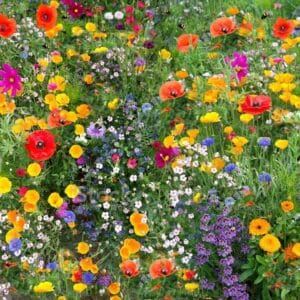 3kg UK Wildflower Seed£150.00
3kg UK Wildflower Seed£150.00 -
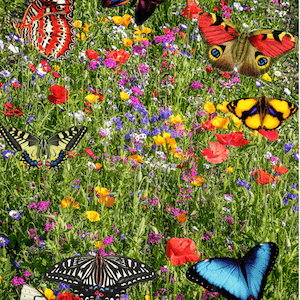 1kg Wildflower Seeds UK: 21 Species for Pollinator Attraction£69.99
1kg Wildflower Seeds UK: 21 Species for Pollinator Attraction£69.99 -
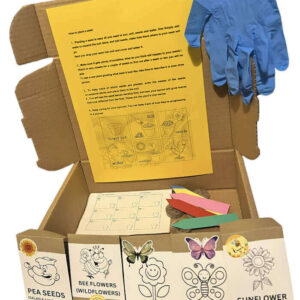 Kids Gardening Set Wildflower Seeds£9.00
Kids Gardening Set Wildflower Seeds£9.00 -
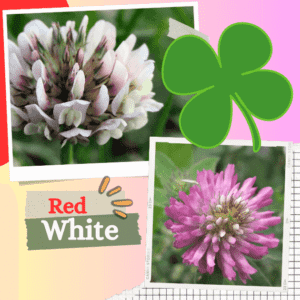 Mix White and Red Clover Seeds£2.99 – £290.00
Mix White and Red Clover Seeds£2.99 – £290.00 -
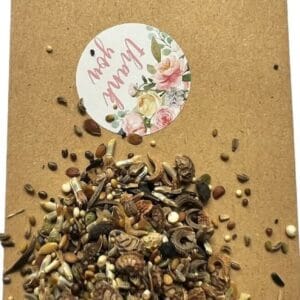 Wedding Seed Packets: 10 Wildflower Seed Favors for Special Day£8.99
Wedding Seed Packets: 10 Wildflower Seed Favors for Special Day£8.99 -
Product on sale
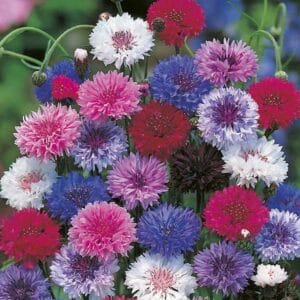 Polka Dot Mix Cornflower Seeds Tall£2.99 – £499.99
Polka Dot Mix Cornflower Seeds Tall£2.99 – £499.99 -
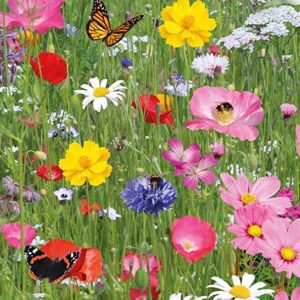 Pure Wildflower Seeds UK: Attract bees & butterflies£3.68 – £290.00
Pure Wildflower Seeds UK: Attract bees & butterflies£3.68 – £290.00 -
Product on sale
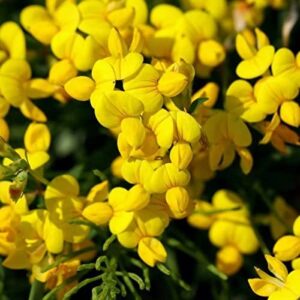 Birdsfoot Trefoil Seed Wildflower£7.99 – £49.00
Birdsfoot Trefoil Seed Wildflower£7.99 – £49.00 -
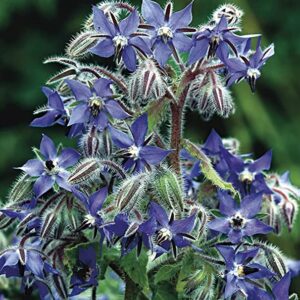 Borage Seed (Agricultural) Wildflower Seeds Nectar-Rich Annual Grows 1m Blue Flowers£2.99 – £39.99
Borage Seed (Agricultural) Wildflower Seeds Nectar-Rich Annual Grows 1m Blue Flowers£2.99 – £39.99 -
 Mix Clover Seed Packet£2.99 – £11.99
Mix Clover Seed Packet£2.99 – £11.99
Welcome to Quality Wildflower Seeds!
Quality Products & Service: British Wildflower Seeds
Discover Wildflower: Your source for premium, eco-friendly wildflowers. Our diverse regional mixes & single-species options beautify gardens while supporting pollinators. Transform your outdoor space today – order now and nurture nature at home.
Create a beautiful wildflower meadow
Pure Wildflower Seeds UK
Plant a wildflower meadow
Birdsfoot Trefoil Wildflower
Exotic wildflowers for garden
Calendula pacific beauty
Grow plants for pollinators
What We Do
As the growing season ends, many gardeners and farmers are looking for a way to preserve their hard work over the winter.
The best selection of UK native wildflower seeds you can buy
Our Wildflower seed mixtures will provide a natural source for foraging bees, butterflies and other native birds
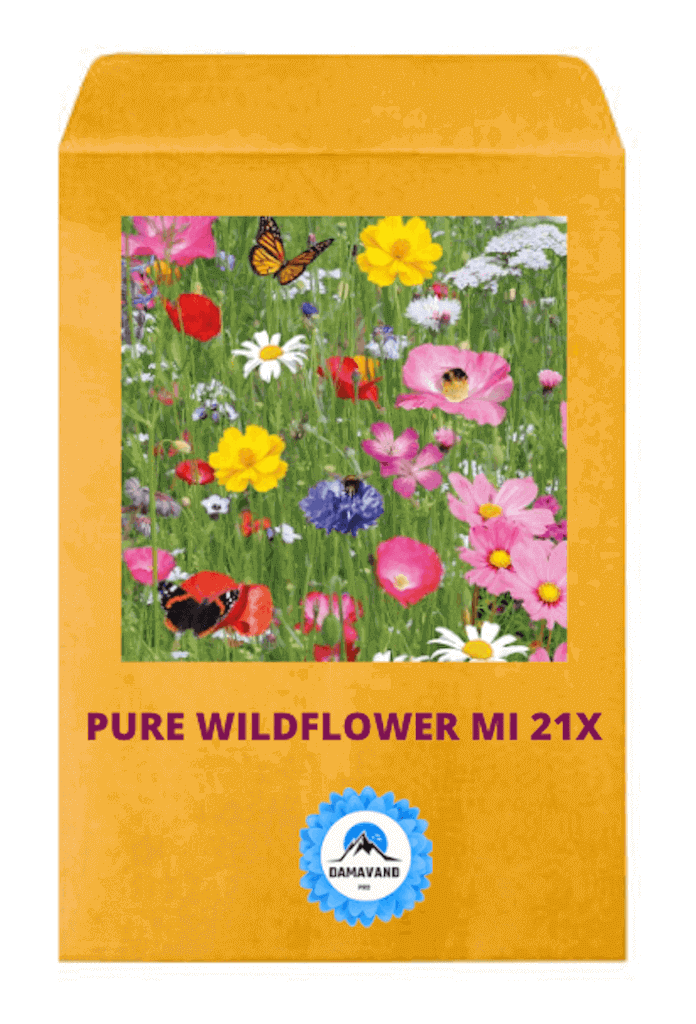
We offer over 300 varieties of wildflowers, some of which are not available anywhere else in the UK
Click here for more details about Wildflower seeds and Damavand Pro
Seeding the future of Wildflowers
-
Product on sale
 Wild Flower Seeds Mix UK Garden: 1 Kg NectarOriginal price was: £29.00.£26.00Current price is: £26.00.
Wild Flower Seeds Mix UK Garden: 1 Kg NectarOriginal price was: £29.00.£26.00Current price is: £26.00. -
Product on sale
 1kg PHACELIA TANACETIFOLIA Seeds: Lacy PhaceliaOriginal price was: £30.00.£19.99Current price is: £19.99.
1kg PHACELIA TANACETIFOLIA Seeds: Lacy PhaceliaOriginal price was: £30.00.£19.99Current price is: £19.99. -
Product on sale
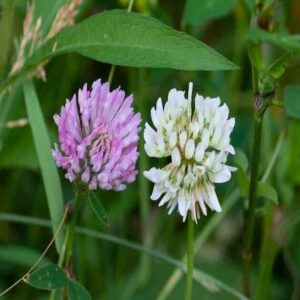 Mix White Red Clover Seeds: Low-Maintenance Ground Cover 200 m²Original price was: £35.00.£29.00Current price is: £29.00.
Mix White Red Clover Seeds: Low-Maintenance Ground Cover 200 m²Original price was: £35.00.£29.00Current price is: £29.00. -
Product on sale
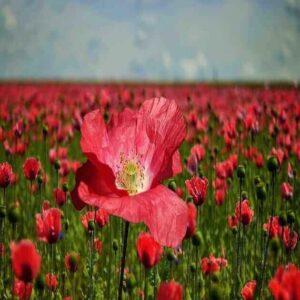 Poppy Rhoeas Single Red: Poppy Seeds£2.79 – £51.00
Poppy Rhoeas Single Red: Poppy Seeds£2.79 – £51.00 -
Product on sale
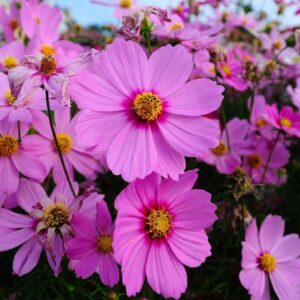 100g Cosmos Seeds FlowerOriginal price was: £29.00.£19.00Current price is: £19.00.
100g Cosmos Seeds FlowerOriginal price was: £29.00.£19.00Current price is: £19.00. -
Product on sale
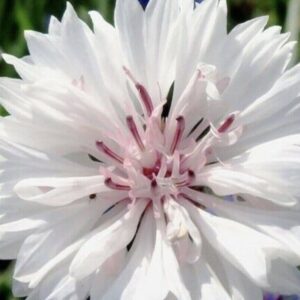 Cornflower Tall Double Flowered White Seeds£2.99 – £69.00
Cornflower Tall Double Flowered White Seeds£2.99 – £69.00
High Quality Wildflowers
-
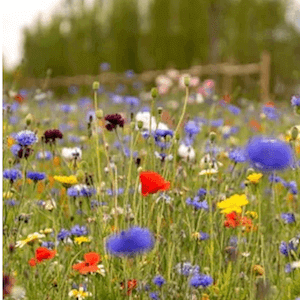 1kg Wildflower Meadow Mix: Buy 2 Get 1 Free!£59.00
1kg Wildflower Meadow Mix: Buy 2 Get 1 Free!£59.00 -
Product on sale
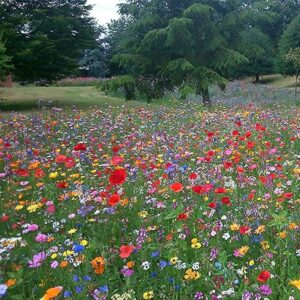 100g Wildflower Seed Mix: Attract Bees and Butterflies to Your GardenOriginal price was: £18.00.£11.99Current price is: £11.99.
100g Wildflower Seed Mix: Attract Bees and Butterflies to Your GardenOriginal price was: £18.00.£11.99Current price is: £11.99. -
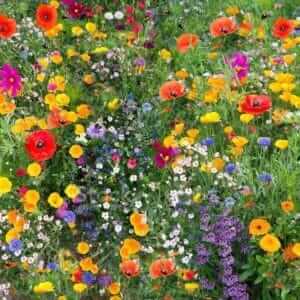 100g Pure Flower Mix£12.99
100g Pure Flower Mix£12.99 -
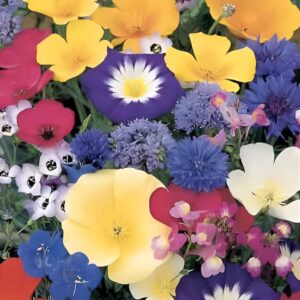 Dwarf Wildflower Seeds: Low Growing Wildflowers£4.99 – £800.00
Dwarf Wildflower Seeds: Low Growing Wildflowers£4.99 – £800.00 -
 1kg Wildflower Seeds UK: 21 Species for Pollinator Attraction£69.99
1kg Wildflower Seeds UK: 21 Species for Pollinator Attraction£69.99 -
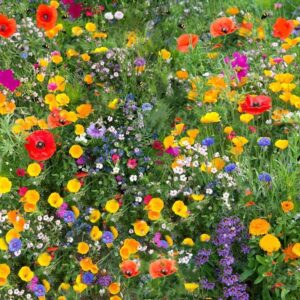 Wildflower Seed Mix Premium£3.99 – £50.00
Wildflower Seed Mix Premium£3.99 – £50.00 -
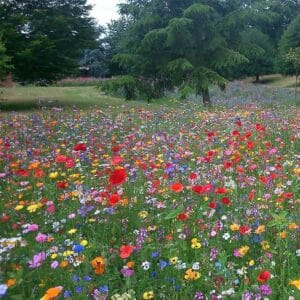 5kg wildflower Seeds Quality: 100% Pure Flower Seeds£260.00
5kg wildflower Seeds Quality: 100% Pure Flower Seeds£260.00 -
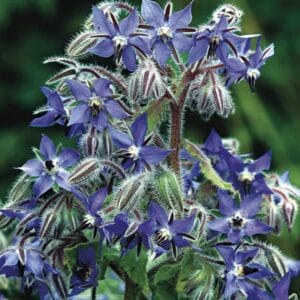 1kg Borage Seeds (Agricultural) Wildflower Seeds£29.00
1kg Borage Seeds (Agricultural) Wildflower Seeds£29.00 -
Product on sale
 100g Centaurea Cyanus Double Blue Wildflower Seeds:Original price was: £15.99.£10.99Current price is: £10.99.
100g Centaurea Cyanus Double Blue Wildflower Seeds:Original price was: £15.99.£10.99Current price is: £10.99. -
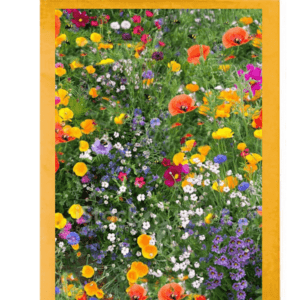 500 Wildflower Seeds Wedding Gifts£1.99
500 Wildflower Seeds Wedding Gifts£1.99 -
 Mix White and Red Clover Seeds£2.99 – £290.00
Mix White and Red Clover Seeds£2.99 – £290.00 -
 1500 Wildflower Seeds Wedding£2.99
1500 Wildflower Seeds Wedding£2.99
Best Wild Flower Seeds UK
Help & Advice for Each Soil Types
Discover wildflower gardening with DamavandPro & Landlife Wildflowers. Find quality seeds, expert advice & tailored resources for beginners & enthusiasts. Learn sowing techniques, explore native species, and create thriving gardens with our seed mixtures. Let us guide you in cultivating a beautiful, biodiverse outdoor space.
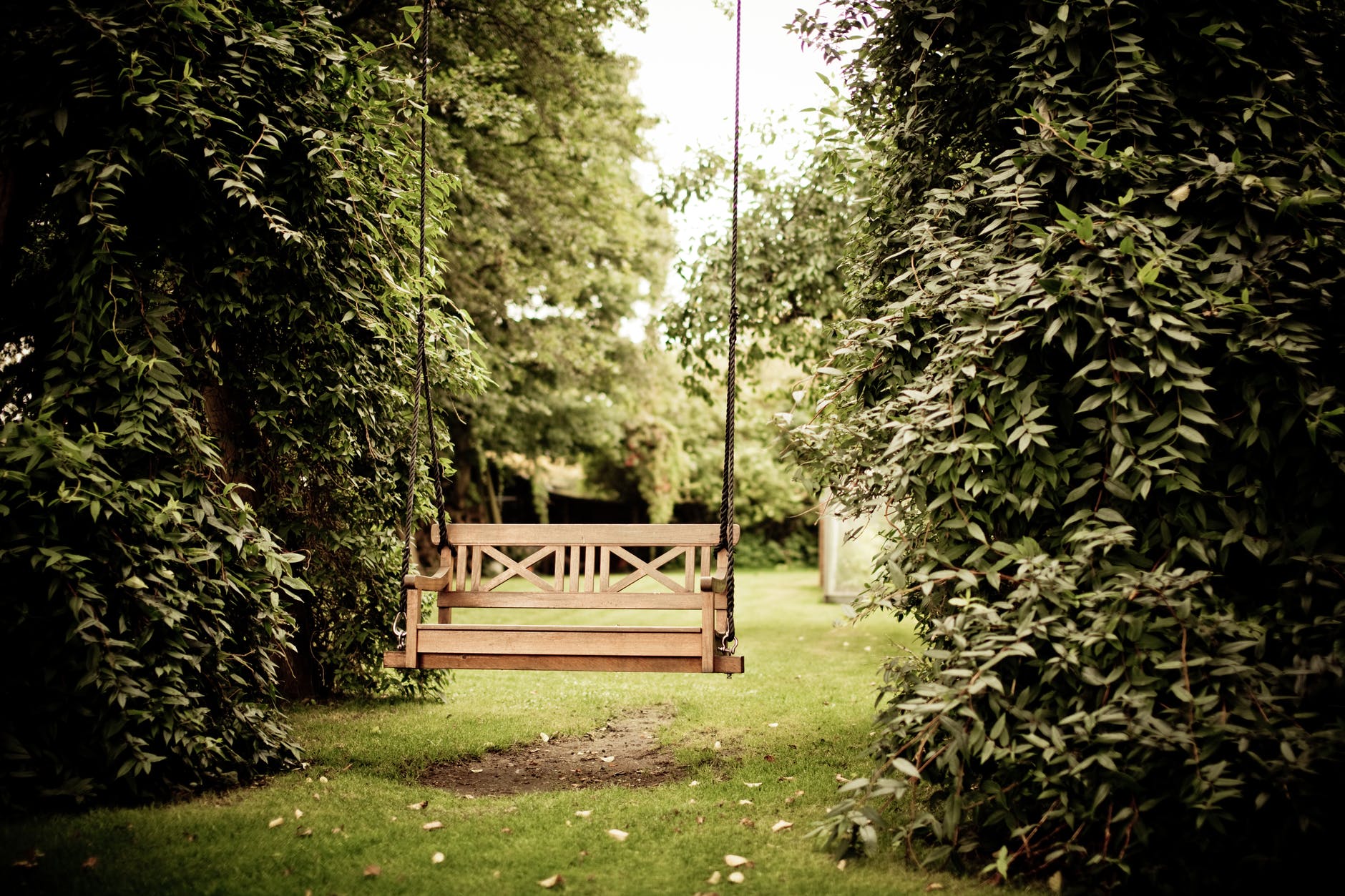
Tips for establishing a wildflower meadow:
Create a wildflower garden in a sunny, well-drained spot. Prepare low-nutrient soil, sow seeds evenly, and maintain moisture. Care for plants with regular watering and deadheading to support biodiversity.

Care tips for a thriving wildflower habitat:
Maintain wildflower meadows by watering during dry spells, deadheading, and trimming seasonally. Control weeds, fertilize minimally if needed, and observe regularly. This promotes beauty and wildlife benefits.
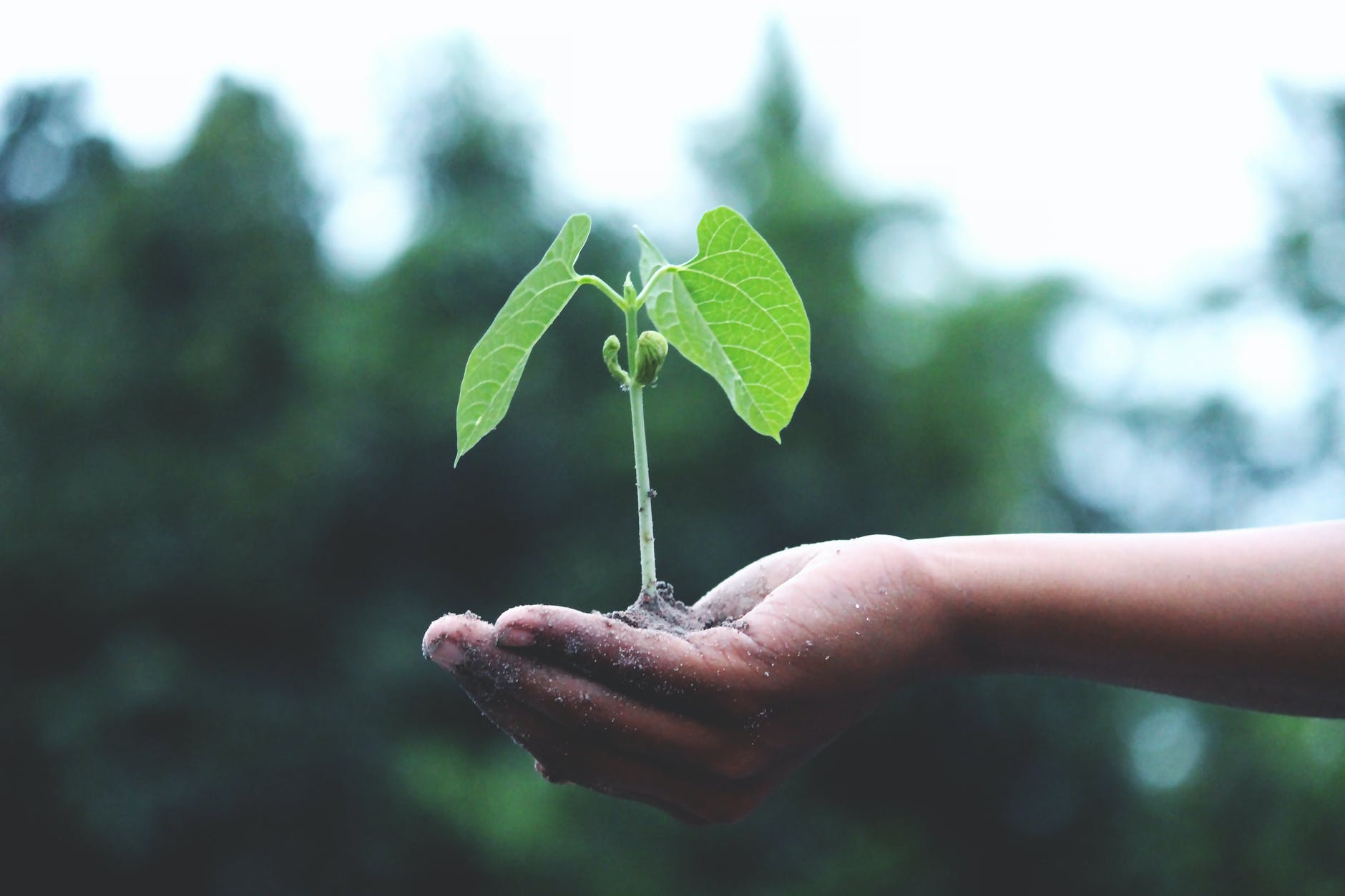
How to calculate wildflower seed needs:
Calculate wildflower seed needs by multiplying area size by recommended seeding rate. Purchase extra for waste. For example, 1/4 acre at 10 seeds/acre requires 2.5 plus extra. Follow planting instructions carefully.
Wholesale & Bulk Seed Purchases
At DamavandPro, we offer a wide range of specialized and custom seed mixes available for wholesale purchase at significantly reduced prices. Our selection includes grass, wildflower, legume, brassica, and herb seeds. We cater to a diverse clientele including retailers, land managers, councils, country estates, farmers, groundskeepers, and liveries throughout the UK, Ireland and EU.

